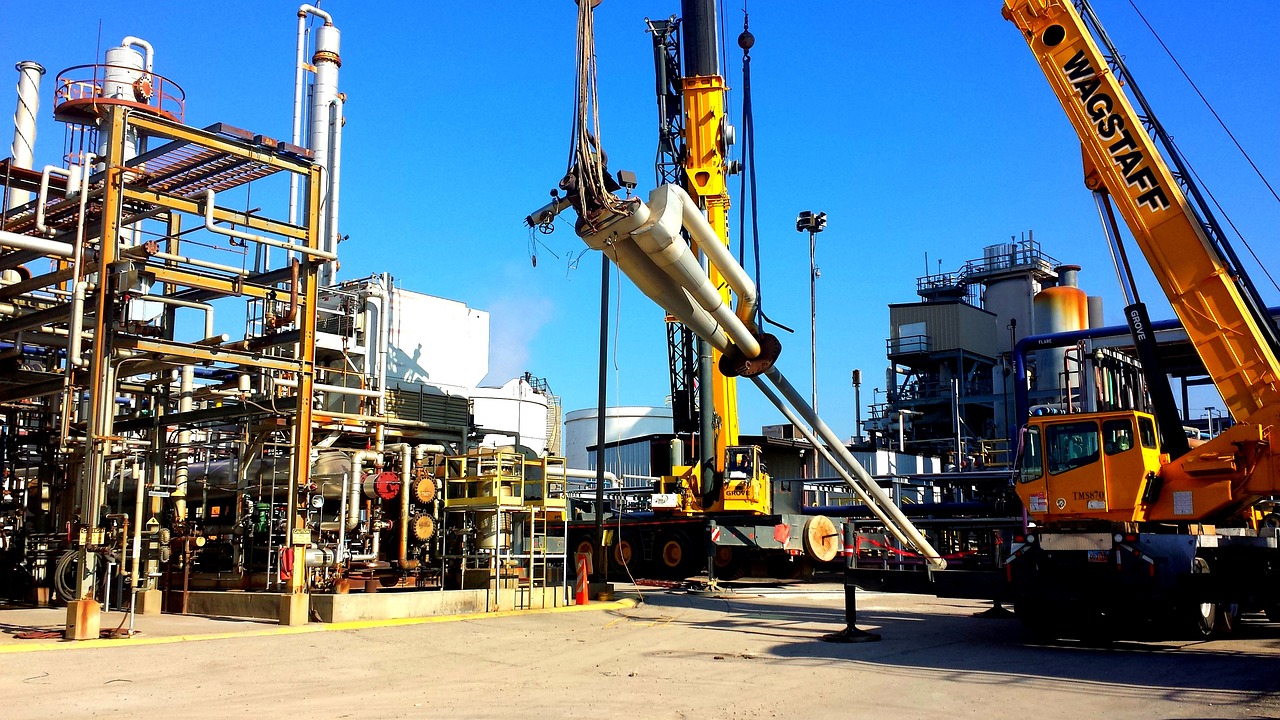Real estate is a constantly evolving industry, shaped by changing societal trends and economic factors. In recent years, two major trends have emerged that are transforming the way we think about living and working spaces: co-living and co-working.
Co-living is a housing trend that has gained popularity among millennials and Gen Z, who value social connections and community over traditional notions of privacy and personal space. Co-living spaces typically feature shared living areas and amenities, such as kitchens, living rooms, and coworking spaces. Residents may have their own private bedrooms, but often share bathrooms and other common areas.
Co-working, on the other hand, is a work trend that has revolutionized the traditional office space. Co-working spaces provide shared workspaces for freelancers, remote workers, and small businesses, offering an affordable and flexible alternative to traditional office leases. These spaces often come equipped with meeting rooms, high-speed internet, and other amenities that make it easy for workers to collaborate and network.
While these trends may seem distinct, they share many similarities and are both reshaping the real estate industry in significant ways. Here are some ways that co-living and co-working are transforming real estate:
Flexibility: Both co-living and co-working offer flexibility to residents and workers, allowing them to adapt to changing circumstances and lifestyles. Co-living spaces often offer short-term leases and the option to move between locations, while co-working spaces offer the ability to rent space on an as-needed basis, without the commitment of a long-term lease.
Community: Both co-living and co-working emphasize the importance of community and social connections. Co-living spaces offer opportunities for residents to connect with each other through shared living spaces and community events, while co-working spaces encourage collaboration and networking among workers.
Affordability: Both co-living and co-working offer affordable alternatives to traditional housing and office leases, which can be prohibitively expensive for many people. Co-living spaces offer lower rents than traditional apartments, while co-working spaces offer affordable workspace options for freelancers and small businesses.
While there are many benefits to co-living and co-working, there are also challenges to be addressed. For co-living, concerns include privacy and noise levels, as well as the potential for conflicts among residents. For co-working, concerns include noise levels, security, and the potential for distractions and interruptions.
To address these concerns, it is important for developers and operators to prioritize the needs of residents and workers, and to create spaces that balance community and privacy. Additionally, it is important for these spaces to be designed with sustainability and accessibility in mind, in order to create inclusive and environmentally conscious living and working spaces.
Overall, the trends of co-living and co-working are transforming the real estate industry, offering flexibility, community, and affordability to residents and workers. While there are challenges to be addressed, these trends offer exciting possibilities for the future of living and working spaces. As the real estate industry continues to evolve, it will be interesting to see how these trends continue to shape the spaces we inhabit.










